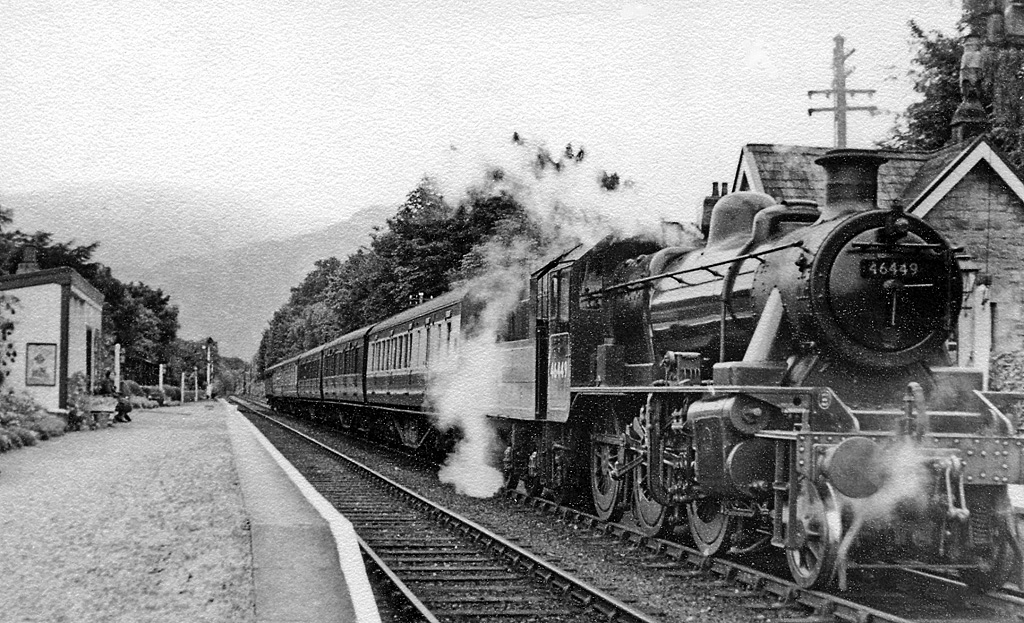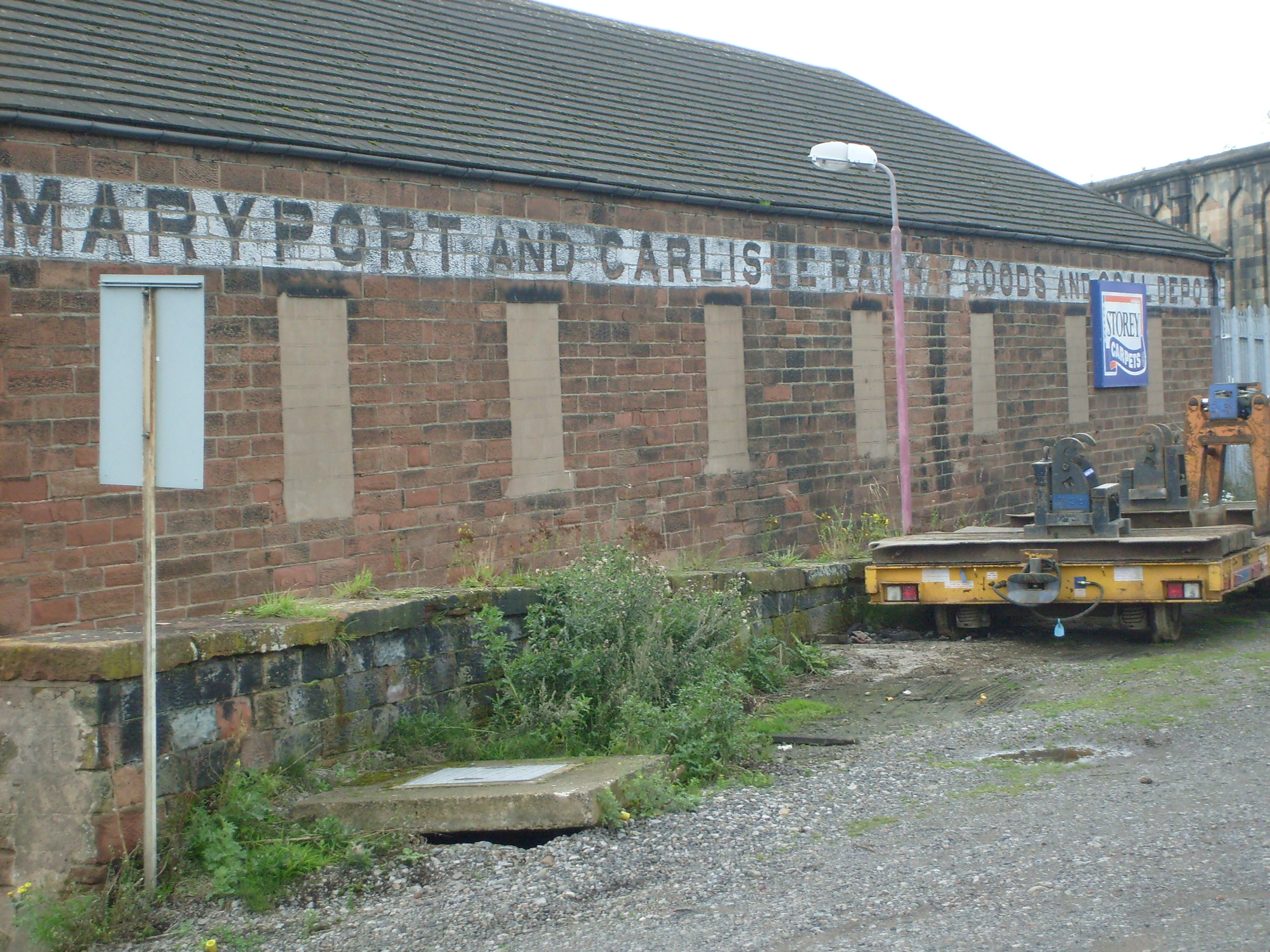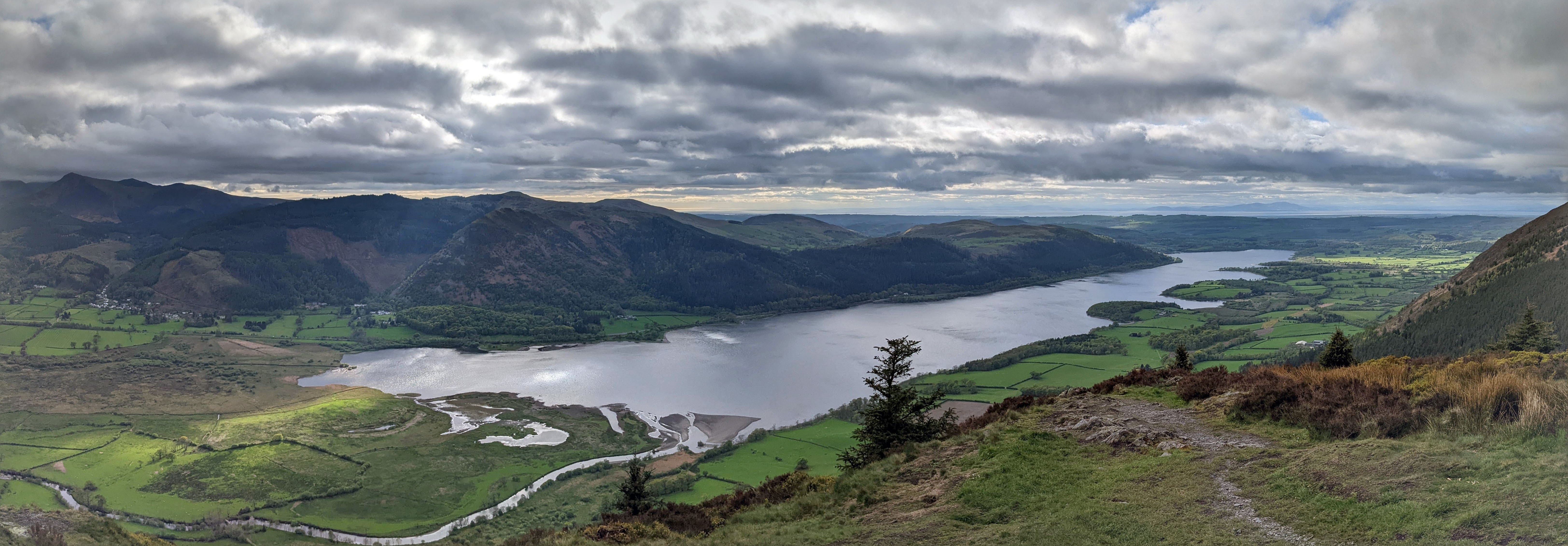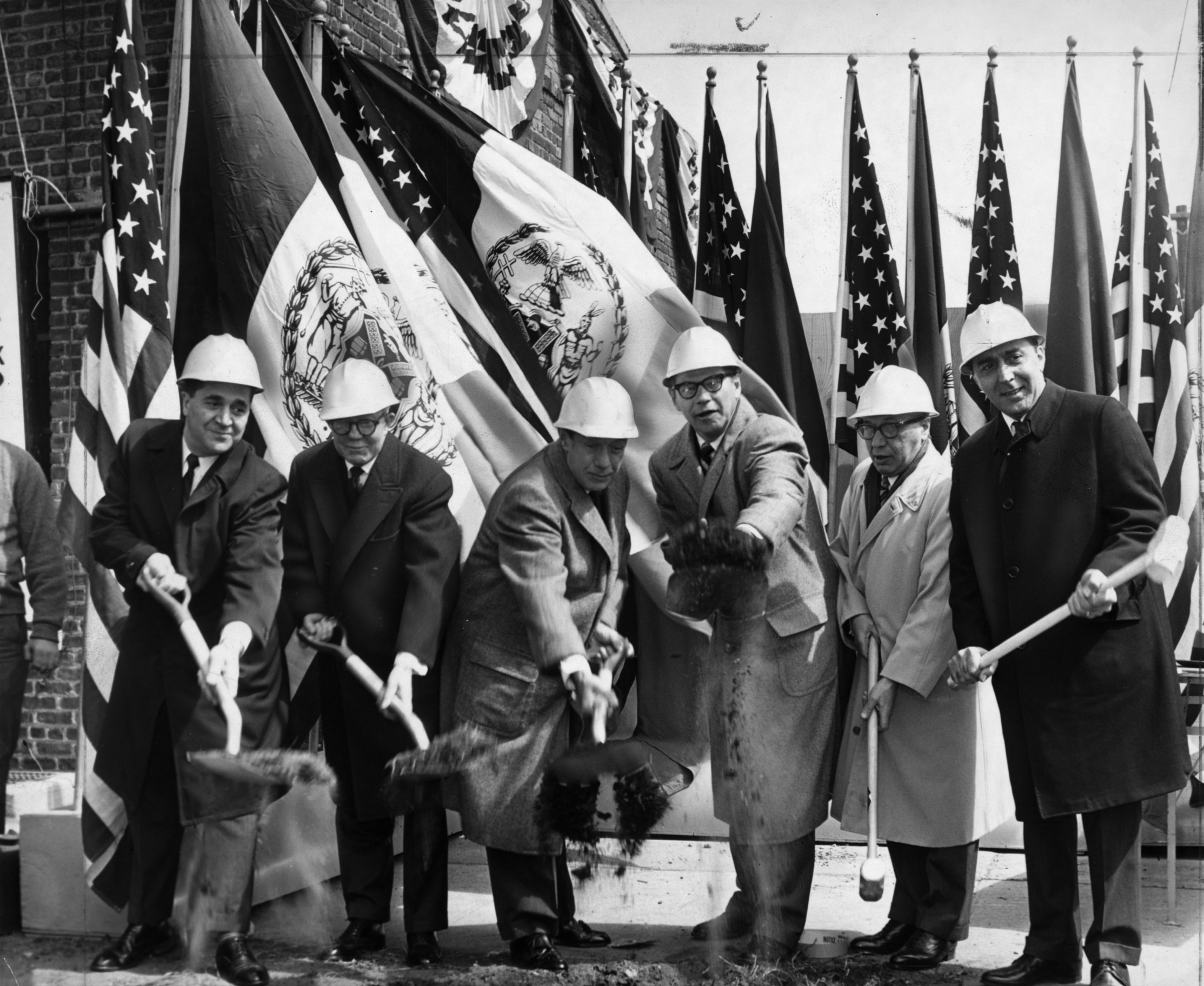|
Cockermouth, Keswick And Penrith Railway
The Cockermouth, Keswick and Penrith Railway (CK&PR) was an English railway company incorporated by act of Parliament (UK), act of Parliament on 1 August 1861, to build a line connecting the town of Cockermouth with the London and North Western Railway (LNWR) West Coast Main Line at Penrith, Cumbria, Penrith. Arrangements for the use of the stations at either end (Cockermouth was already served by the Cockermouth and Workington Railway (C&WR)) were included. Passenger and goods traffic was worked by the LNWR and mineral traffic by the North Eastern Railway (UK), North Eastern Railway, both of whom had shares in the company (the NER inheriting its holding from the Stockton and Darlington Railway, which had encouraged the promotion of the line). The line was in length, and had eight intermediate stations. History Early development The company had its origins in a meeting at Keswick in September 1860 which agreed to promote a railway linking Keswick to existing railways at Cock ... [...More Info...] [...Related Items...] OR: [Wikipedia] [Google] [Baidu] |
Act Of Parliament (UK)
An act of Parliament in the United Kingdom is primary legislation passed by the UK Parliament in Palace of Westminster, Westminster, London. An act of Parliament can be enforced in all four of the Countries of the United Kingdom, UK constituent countries (England, Scotland, Wales and Northern Ireland). As a result of Devolution in the United Kingdom, devolution the majority of acts that are passed by Parliament increasingly only apply either to England and Wales only, or England only. Generally acts only relating to Reserved and excepted matters, constitutional and reserved matters now apply to the whole of the United Kingdom. A draft piece of legislation is called a Bill (law), bill. When this is passed by Parliament and given royal assent, it becomes an act and part of statute law. Contents of a bill or act A bill and an Act of Parliament typically include a short title and a long title, a number of clauses and, in many cases, one or more schedules. The ''Erskine May: Parli ... [...More Info...] [...Related Items...] OR: [Wikipedia] [Google] [Baidu] |
Maryport And Carlisle Railway
The Maryport & Carlisle Railway (M&CR) was an English railway company formed in 1836 which built and operated a small but eventually highly profitable railway to connect Maryport and Carlisle, Cumberland, Carlisle in Cumberland, England. There were many small collieries in the area and efficient access to the harbour at Maryport was important. The western end, connecting the majority of the collieries to Maryport opened in 1840 and the line was completed throughout to Carlisle in 1845. The considerable resources of coal, and later iron ore, carried by the railway made it especially profitable, and this was redoubled at the height of the iron and steel processing industries around Workington. Branch lines were opened to connect further collieries. After 1918 the industries on which the line was dependent declined steeply, and the railway declined accordingly; the branch lines closed, but the original main line remains open and forms part of the Cumbrian Coast Line between Carlis ... [...More Info...] [...Related Items...] OR: [Wikipedia] [Google] [Baidu] |
Cockermouth Railway Station
Cockermouth railway station was the western terminus of the Cockermouth, Keswick and Penrith Railway; it served the town of Cockermouth, Cumbria, England. History The station opened to passenger traffic on 2 January 1865 and closed on 18 April 1966. The station was the second to be built in the town. The original Cockermouth & Workington Railway station closed to passengers when the CK&PR station opened on an altered alignment, though it remained in use as a goods station until 1964. The latter station was immortalised in 1964 in the song " Slow Train" by Flanders and Swann Flanders and Swann were a British comedy duo and musicians. Michael Flanders (1922–1975) was a lyricist, actor, and singer. He collaborated with Donald Swann (1923–1994), a composer and pianist, in writing and performing comedy music, comic .... The site today All traces of the station are now gone, as the site is now occupied by the Cockermouth Mountain Rescue Base and the Cumbria Fire ... [...More Info...] [...Related Items...] OR: [Wikipedia] [Google] [Baidu] |
River Greta, Cumbria
The River Greta is a river in Cumbria, England. It is a tributary of the River Derwent and flows through the town of Keswick. "Greta" derives from the Old Norse "Griótá", meaning "stony stream".Ekwall, p. 205 The name is in records dating from the early 13th century, and also appears in Latinised form, as "Gretagila", at the time of Magna Carta. The source of the river is near Threlkeld, at the confluence of the River Glenderamackin and St. John's Beck. From there, the river runs westward, roughly aligned with the former Cockermouth, Keswick and Penrith Railway between Keswick and Penrith. The river subsequently flows through Keswick before joining the Derwent just after the latter flows out of Derwentwater.Jenkinson, pp. 131, 183 and 189 The medieval bridge over the river in Keswick was unusual in having two arches; on the great coach road from Kendal to Cockermouth all but two of the other bridges ( Troutbeck and Portinscale) crossed their rivers in a single span. Th ... [...More Info...] [...Related Items...] OR: [Wikipedia] [Google] [Baidu] |
Storm Desmond
Storm Desmond was an extratropical cyclone and fourth named storm of the 2015–16 UK and Ireland windstorm season, notable for directing a plume of moist air, known as an atmospheric river, which brought record amounts of orographic rainfall to upland areas of northern Atlantic Europe and subsequent major floods. In the United Kingdom, the worst affected areas were centred on Cumbria, parts of Lancashire, and the Scottish Borders. In Ireland, the worst affected areas were in the Shannon River Basin, in the west and Irish midlands. Severe rain and some flooding was also reported in Northumberland, North Wales and Yorkshire. Disruption from flooding, high winds, and damage to infrastructure led to the suspension of hundreds of rail services across the country, with the West Coast Main Line closed for several days due to flooding and a landslide. Sports fixtures were also cancelled and more than 43,000 homes across the north of England were left without power, as well as over 2,0 ... [...More Info...] [...Related Items...] OR: [Wikipedia] [Google] [Baidu] |
Northwest Development Agency
The Northwest Regional Development Agency (NWDA) was the regional development agency for the North West England region and was a non-departmental public body.NWDA Who We Are/ref> It was abolished on 31 March 2012. The Agency was responsible for the economic development and regeneration of the Northwest of England. As a business-led organisation, the NWDA provided a link between the needs of businesses and Government policies. As such, a major responsibility for the Agency was to help create an environment in which businesses in the region could flourish through offering business support, encouraging new start-ups, matching skills provision to employer needs and bringing business investment into the region. The Agency funded or managed a series of financial support products for businesses in the region. Geographically, the Agency covered Greater Manchester including Manchester and Salford, Merseyside including Liverpool, Cheshire and Warrington, Cumbria, including the Lake District ... [...More Info...] [...Related Items...] OR: [Wikipedia] [Google] [Baidu] |
Mosedale Viaduct
The Mosedale Viaduct carried the Cockermouth, Keswick and Penrith Railway The Cockermouth, Keswick and Penrith Railway (CK&PR) was an English railway company incorporated by act of Parliament (UK), act of Parliament on 1 August 1861, to build a line connecting the town of Cockermouth with the London and North Western ... over Mosedale Beck until its closure in 1972. Building work on the viaduct began in 1862, and the first test train crossed it in 1864. It is made of stone and has 12 arches, and is just over 140 yards () long. It was built single-track but was extended to the north in 1900 to accommodate two tracks. In 1997 British Rail Property Board agreed to defer plans to demolish the viaduct, in the light of proposals for the line to be reopened. It is featured in S1 Ep 4 of Walking Britain's Lost Railways. References External links * Railway viaducts in Cumbria Bridges completed in 1864 {{UK-bridge-struct-stub ... [...More Info...] [...Related Items...] OR: [Wikipedia] [Google] [Baidu] |
Mosedale Viaduct, Troutbeck
Mosedale may refer to: * Mosedale, Cumbria, a hamlet in Mungrisdale parish, Eden District, Cumbria, England *The valley of Mosedale Beck (Wast Water) **The Mosedale Horseshoe, classic mountain walk from Wasdale Head in this valley *The valley of Mosedale Beck (Glenderamackin), running north from Great Dodd, Cumbria, England **Mosedale Viaduct on the Cockermouth, Keswick and Penrith Railway The Cockermouth, Keswick and Penrith Railway (CK&PR) was an English railway company incorporated by act of Parliament (UK), act of Parliament on 1 August 1861, to build a line connecting the town of Cockermouth with the London and North Western ... in this valley *The valley of Mosedale Beck (Swindale), running between Branstree and Tarn Crag, Cumbria, England *The valley which meets the River Duddon at the foot of the Hardknott Pass, Cumbria, England People with the name * William Mosedale (1894-1971), English George Cross recipient See also * List of Mosedale valleys and Mosedale Bec ... [...More Info...] [...Related Items...] OR: [Wikipedia] [Google] [Baidu] |
Bassenthwaite Lake
Bassenthwaite Lake is a body of water in the Lake District in North West England, near the town of Keswick. It has an area of , making the fourth largest of the lakes in the region. The lake has a length of approximately long and maximum width of , a maximum depth of , and a surface elevation of above sea level. Its primary inflow and outflow is the River Derwent, which drains into the Irish Sea at Workington. The lake is in the unitary authority of Cumberland, and the ceremonial county of Cumbria. Bassenthwaite Lake is the only body of water in the Lake District to use the word 'lake' in its name, all the others using the local terms 'water' (e.g. Derwentwater), 'mere' (e.g. Windermere) or '' tarn' (e.g. Dock Tarn). Some maps dating from the 18th century do in fact mark this lake with the name ''Bassenwater'', and the use of the name ''Broadwater'' for this lake is also attested. The A66 dual carriageway runs roughly north–south along the western side of the lake. T ... [...More Info...] [...Related Items...] OR: [Wikipedia] [Google] [Baidu] |
A66 Road
The A66 is a major road in Northern England, which in part follows the course of the Roman road from Scotch Corner to Penrith. It runs from east of Middlesbrough in North Yorkshire to Workington in Cumbria. The road has been progressively improved with dual carriageway sections, but with stretches of single carriageway road. The road is set to be completely dualled between Scotch Corner and Penrith, with a £1.3 billion scheme being announced in March 2024. Route From its eastern terminus between Redcar and Middlesbrough it runs past Stockton-on-Tees and Darlington mainly as two-lane dual-carriageway and single carriageway past Darlington, becoming motorway standard as the A66(M) shortly before meeting junction 57 of the A1(M). It shares the A1(M) route south to Scotch Corner, from where it continues west across the Pennines, past Brough, Appleby, Kirkby Thore, Temple Sowerby and Penrith until it reaches Junction 40 of the M6 motorway at Skirsgill Interchange ... [...More Info...] [...Related Items...] OR: [Wikipedia] [Google] [Baidu] |
Whistle
A whistle is a musical instrument which produces sound from a stream of gas, most commonly air. It is a type of Fipple, fipple flute, and may be mouth-operated, or powered by air pressure, steam, or other means. Whistles vary in size from a small slide whistle or nose flute type to a large multi-piped Organ (music), church organ. Whistles have been around since early humans first carved out a gourd or branch and found they could make sound with it. In prehistoric Egypt, small shells were used as whistles. Many present day Wind instrument, wind instruments are inheritors of these early whistles. With the rise of more mechanical power, other forms of whistles have been developed. One characteristic of a whistle is that it creates a pure, or nearly pure, Musical tone, tone. The conversion of flow energy to sound comes from an interaction between a solid material and a fluid stream. The forces in some whistles are sufficient to set the solid material in motion. Classic examples a ... [...More Info...] [...Related Items...] OR: [Wikipedia] [Google] [Baidu] |
Groundbreaking
Groundbreaking, also known as cutting, sod-cutting, turning the first sod, turf-cutting, or a sod-turning ceremony, is a traditional ceremony in many cultures that celebrates the first day of construction for a building or other project. Such ceremonies are often attended by dignitaries such as politicians and businesspeople. The shovel used during the groundbreaking is often a special ceremonial shovel, sometimes colored gold, meant to be saved for subsequent display and may be engraved. In other groundbreaking ceremonies, a bulldozer is used instead of a shovel to mark the first day of construction. In some groundbreaking ceremonies, the shovel and the bulldozer mark the first day of construction. In other places, this ceremony can be replaced by a "laying of the first stone" event. Meaning When used as an adjective, the term ''groundbreaking'' may mean being or making something that has never been done, seen, or made before, "stylistically innovative works". History Groun ... [...More Info...] [...Related Items...] OR: [Wikipedia] [Google] [Baidu] |






